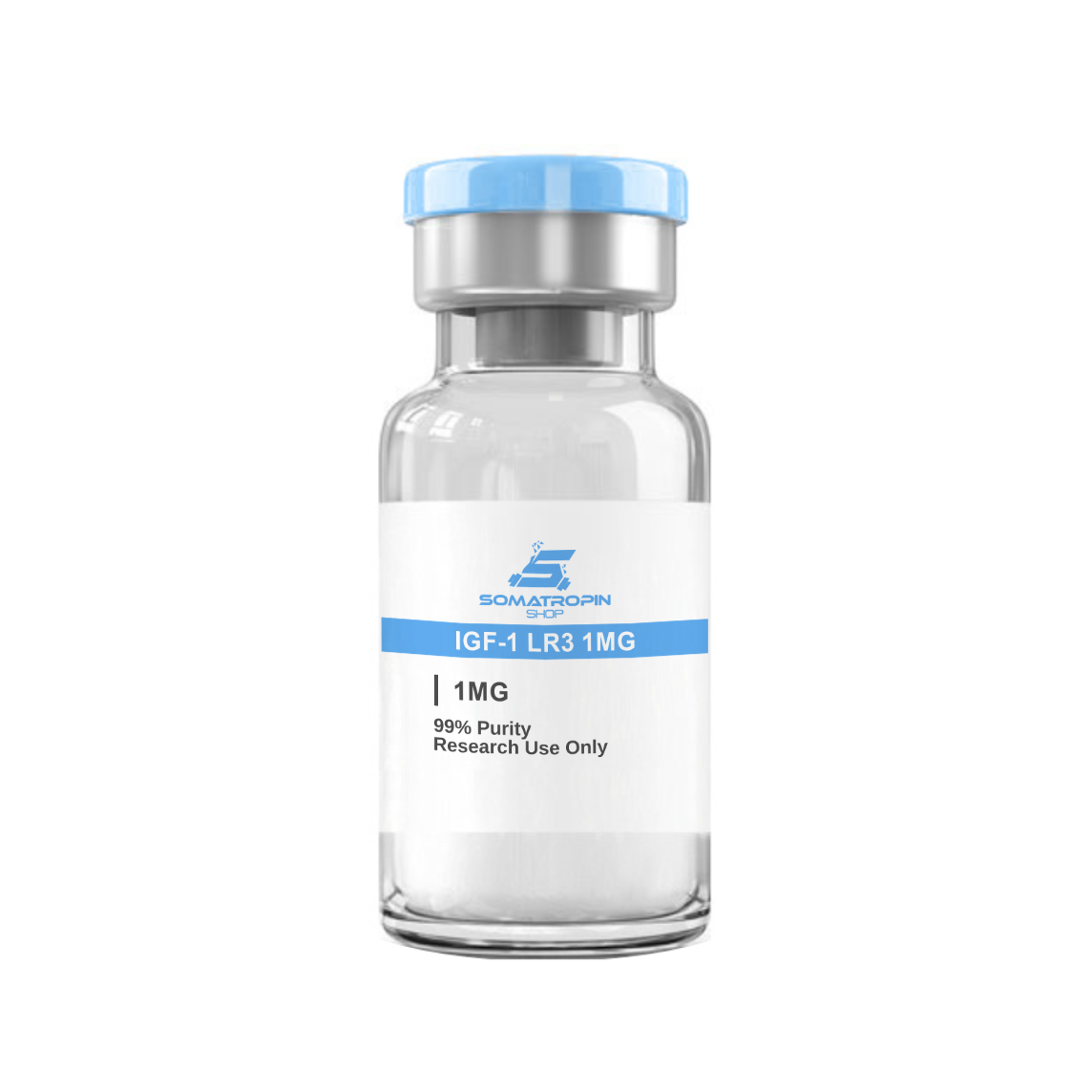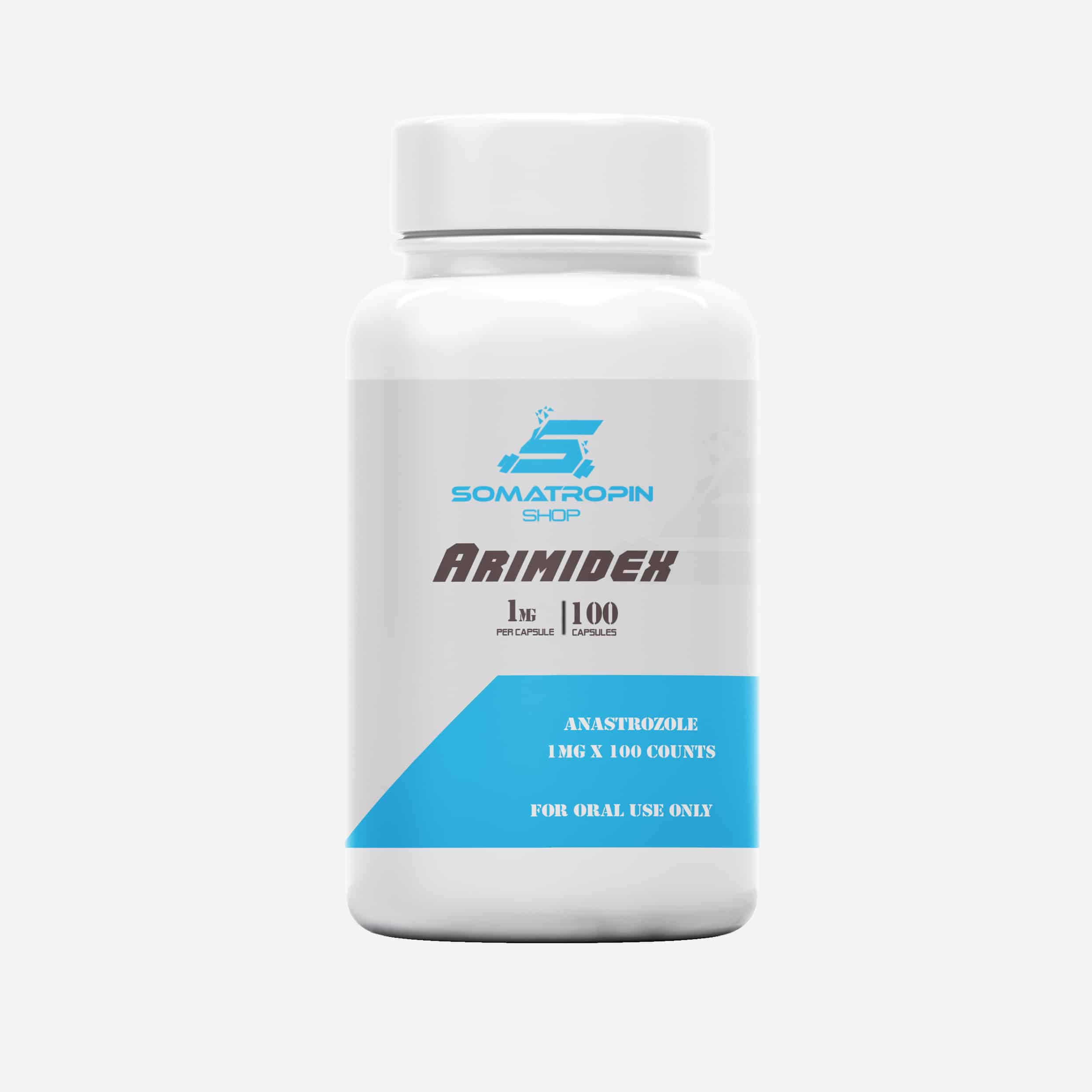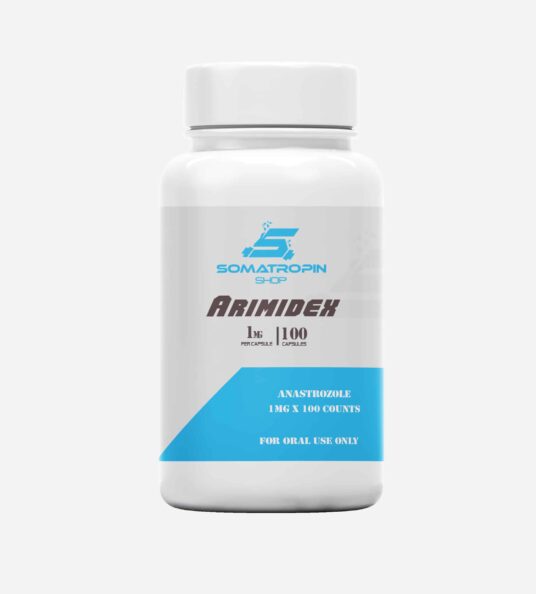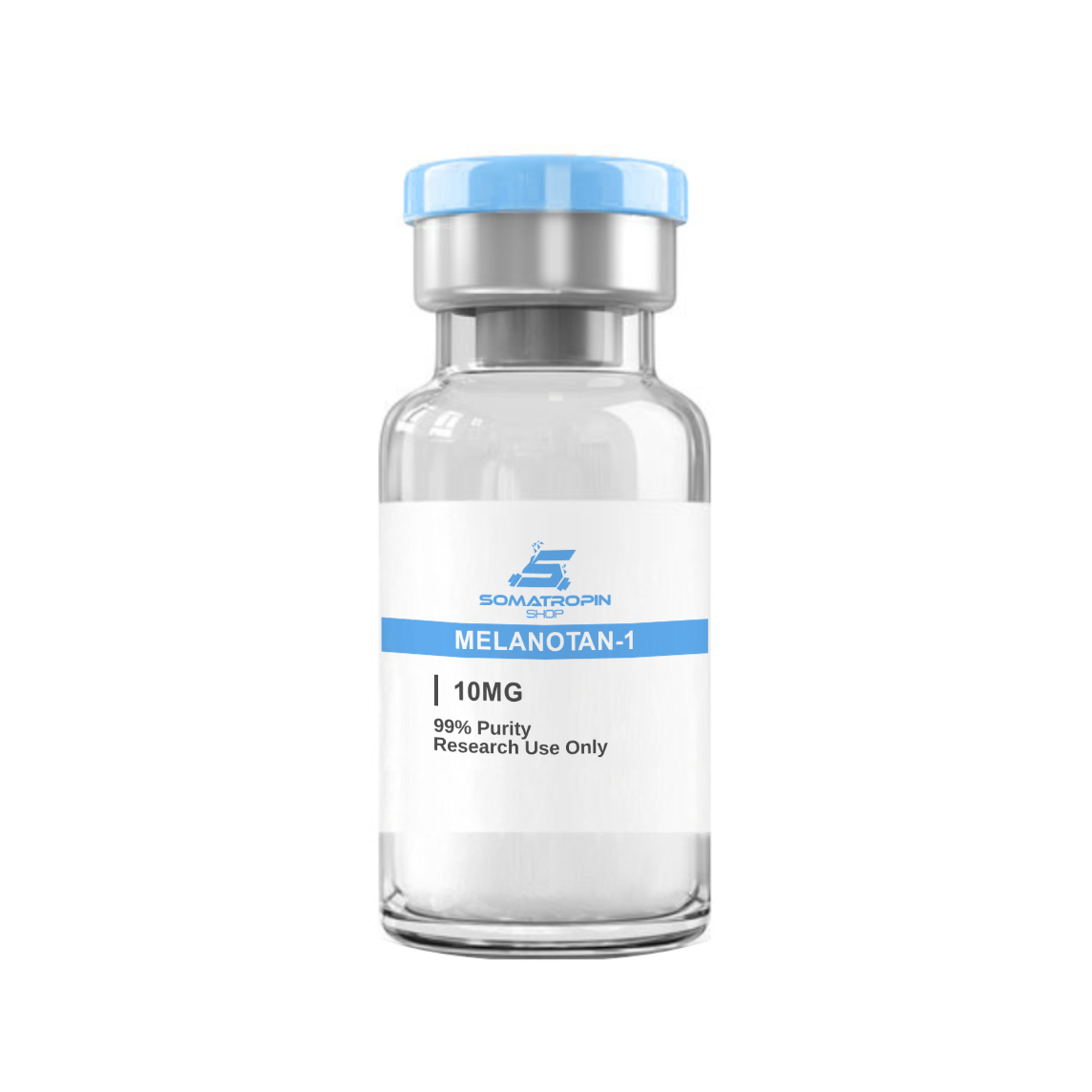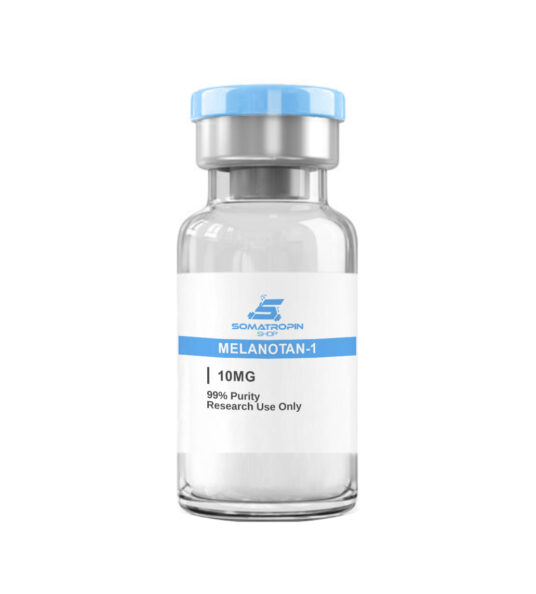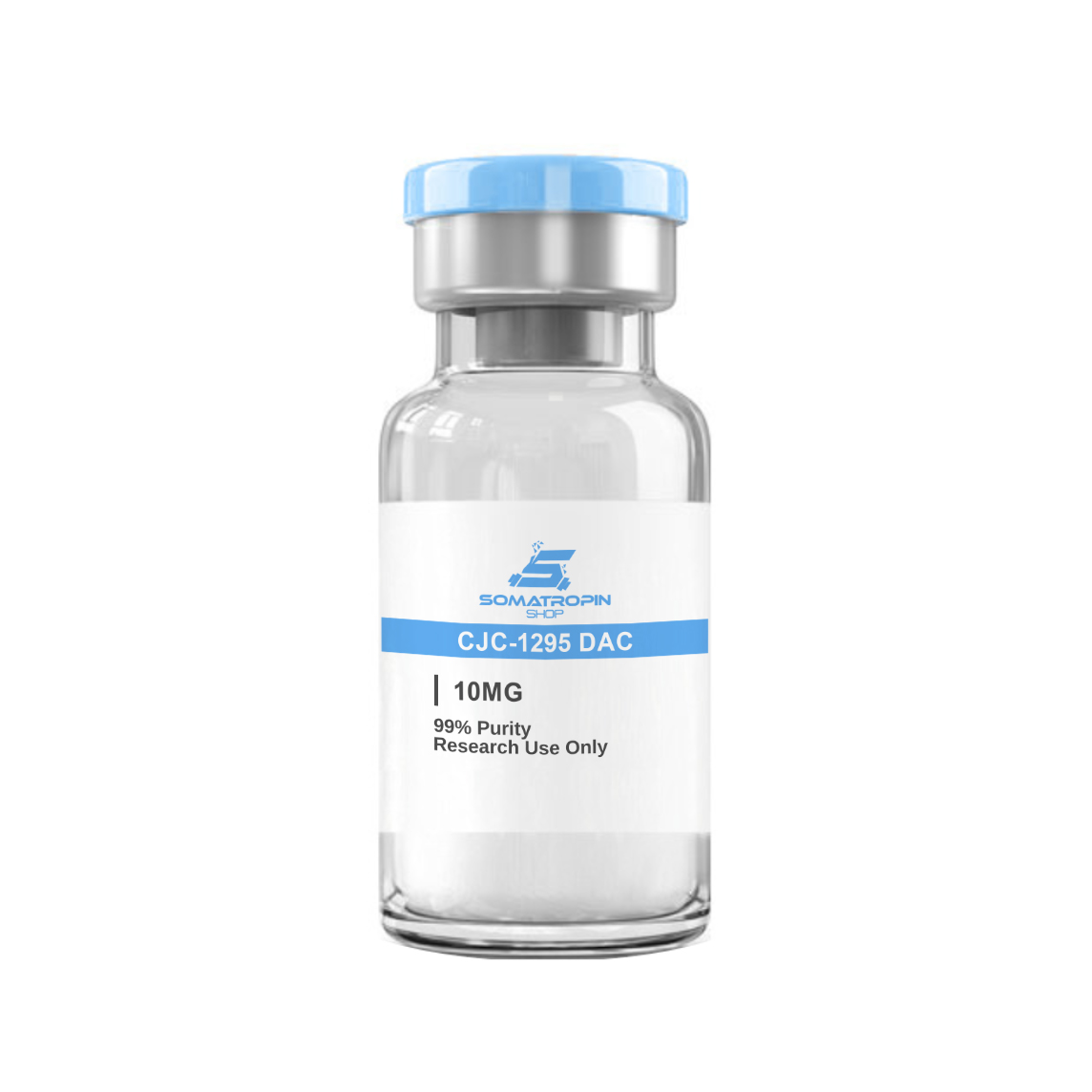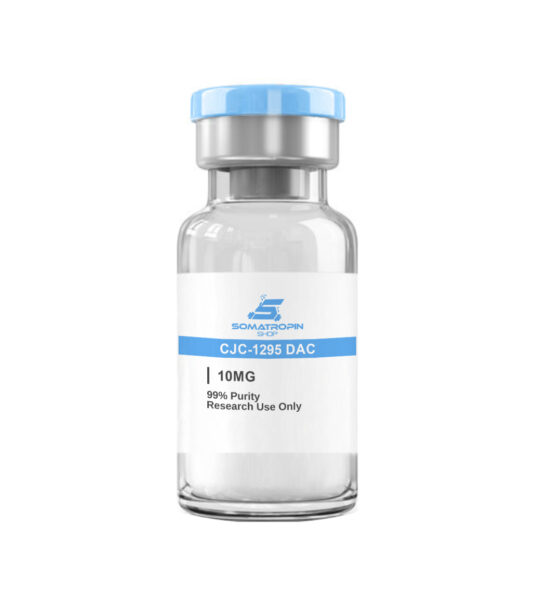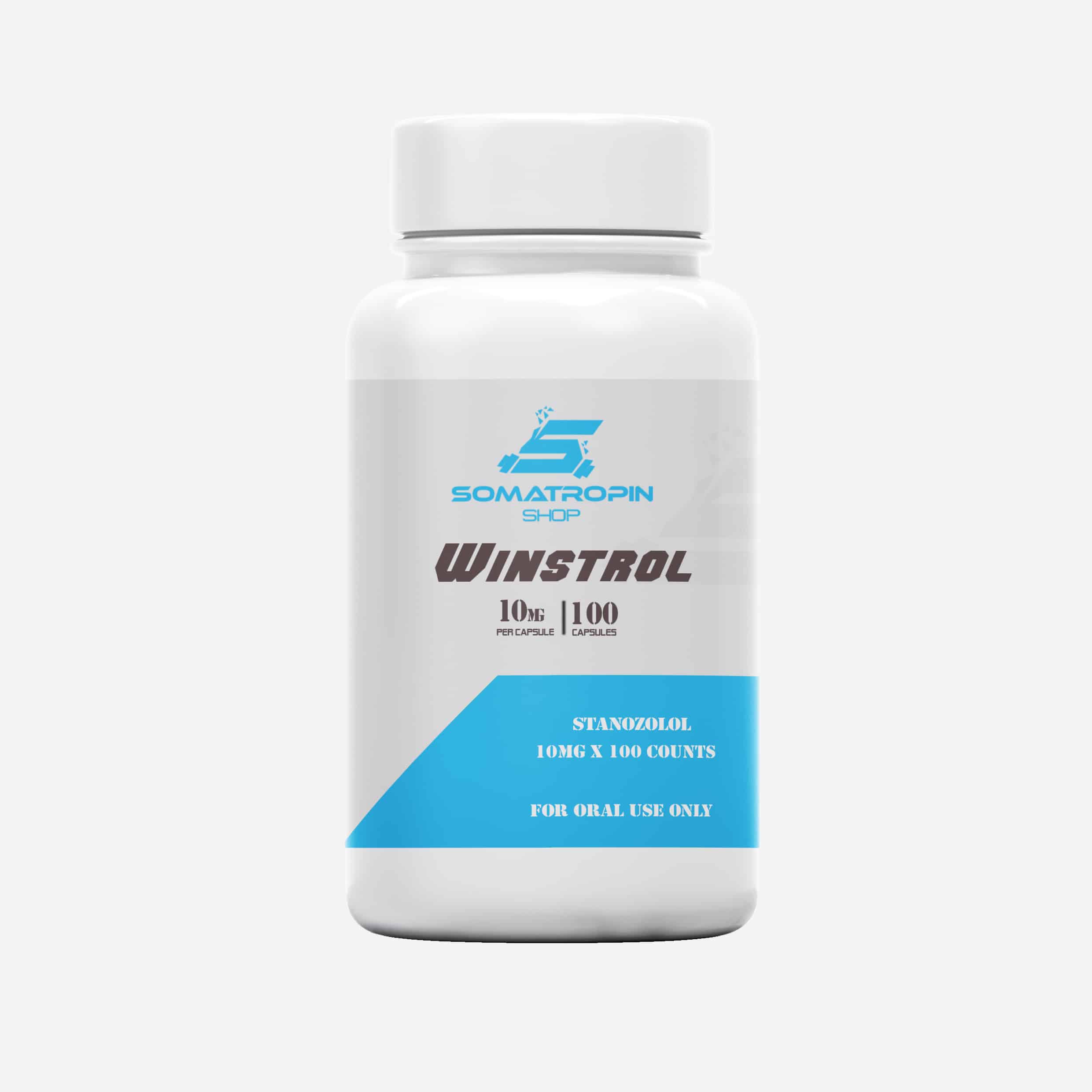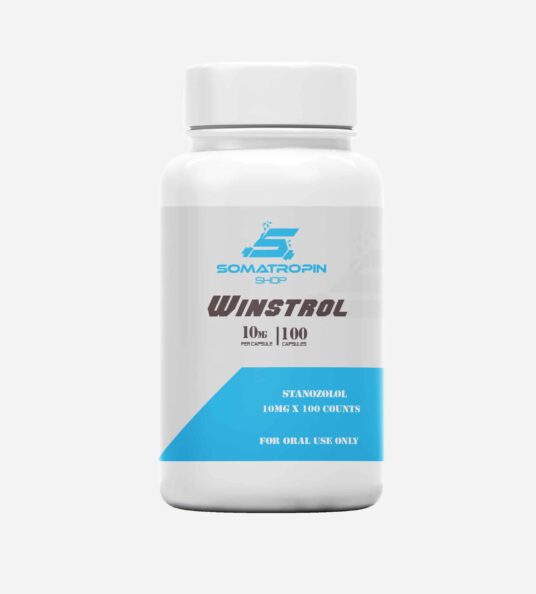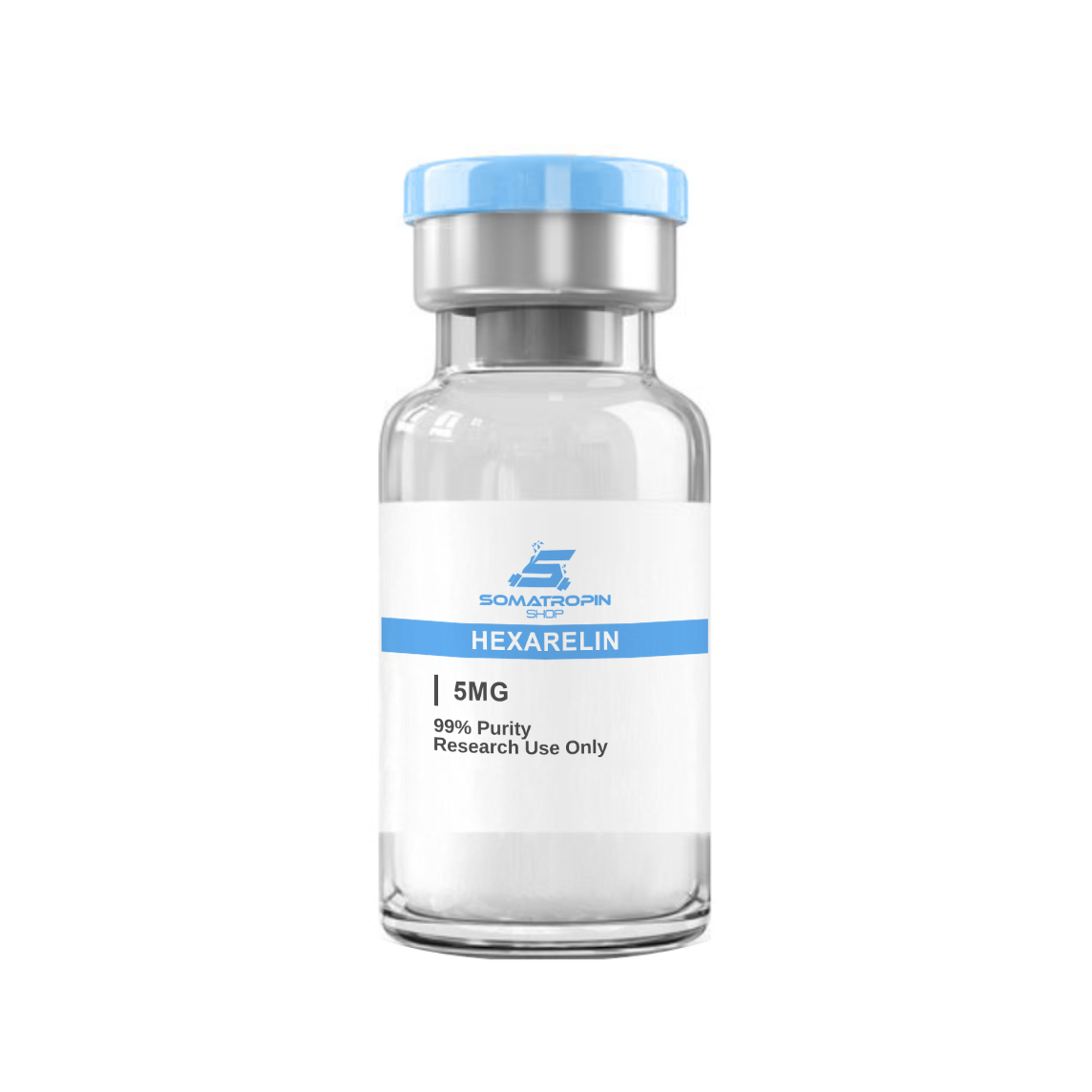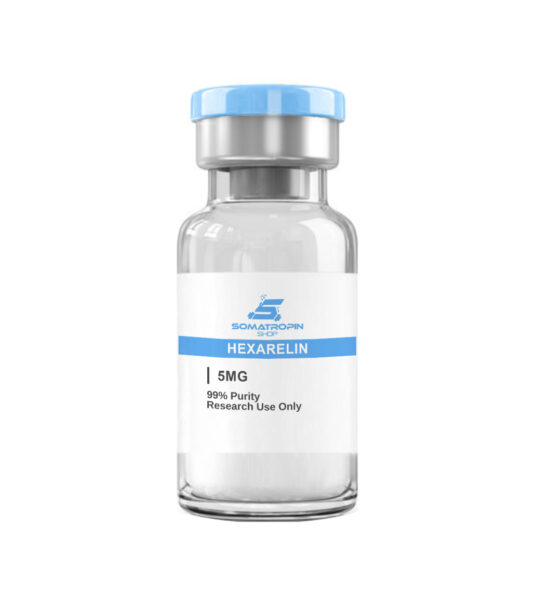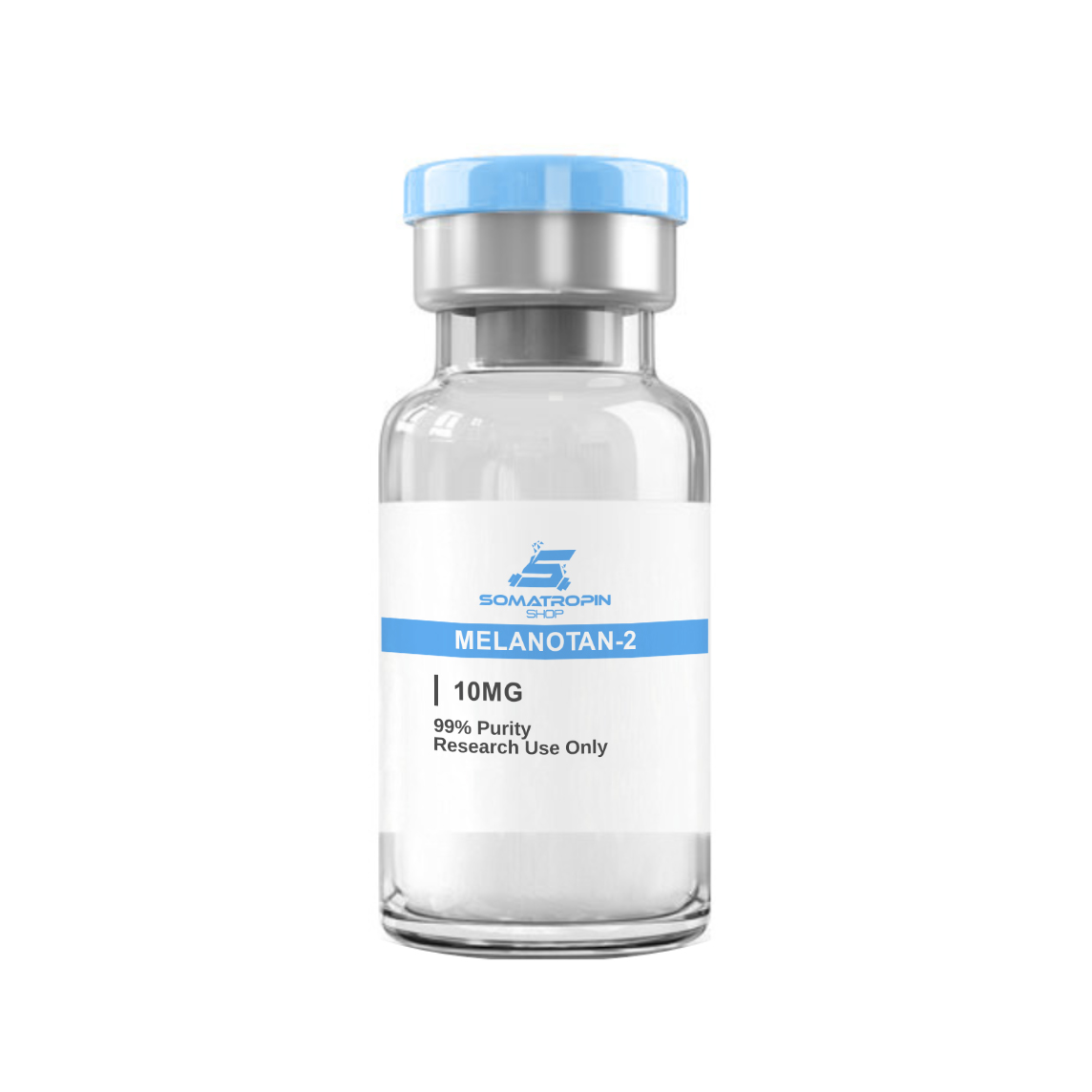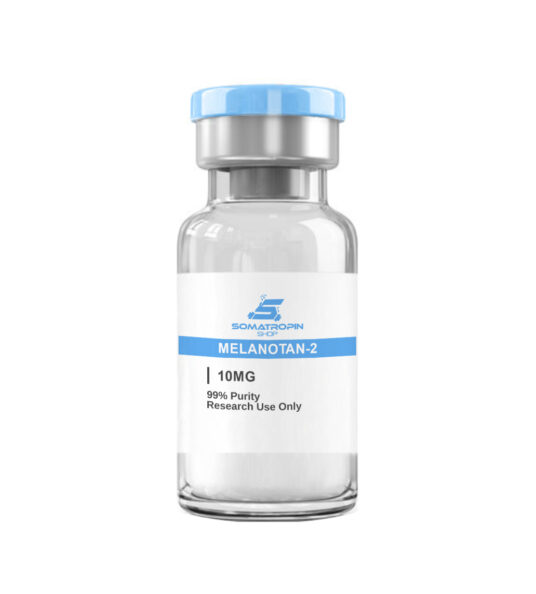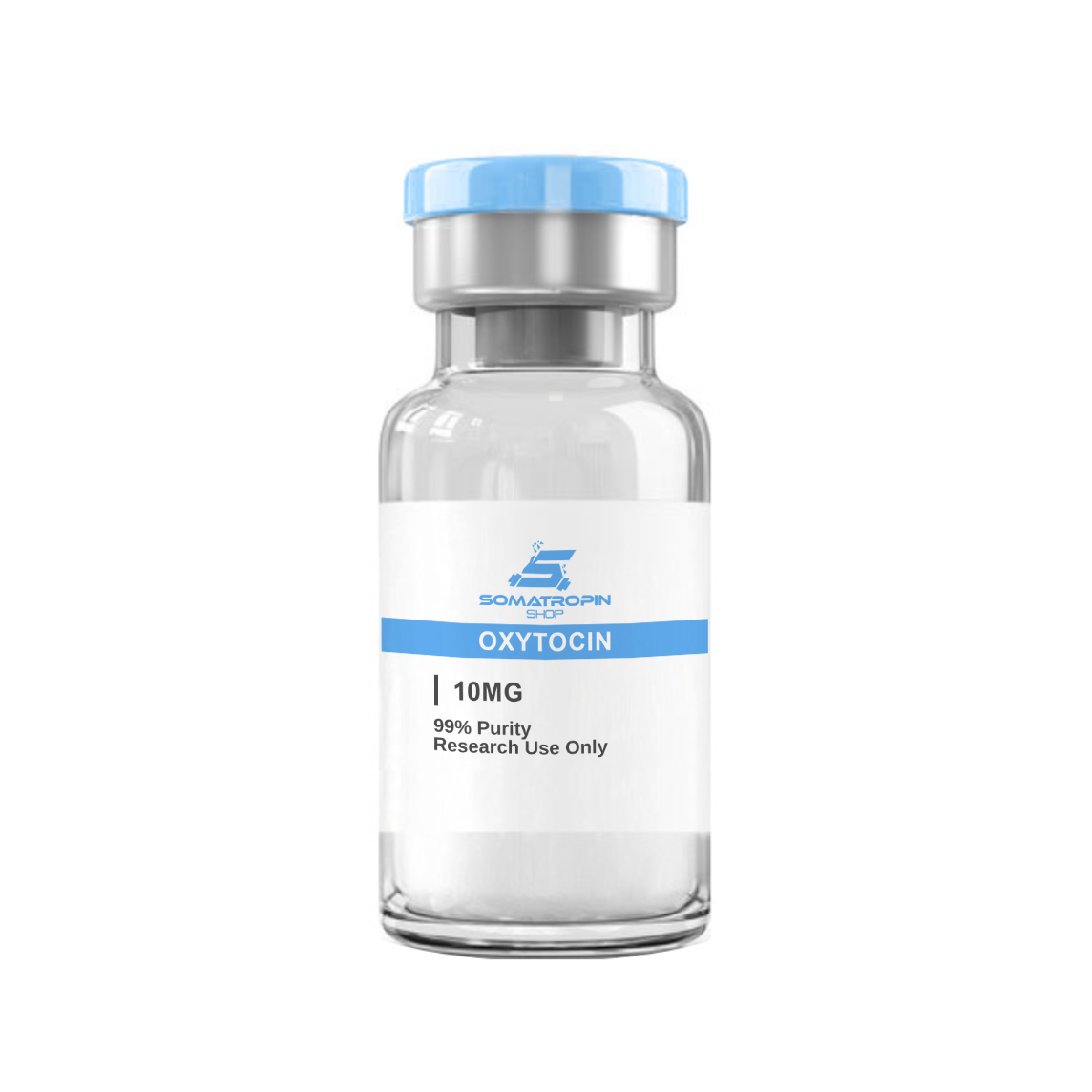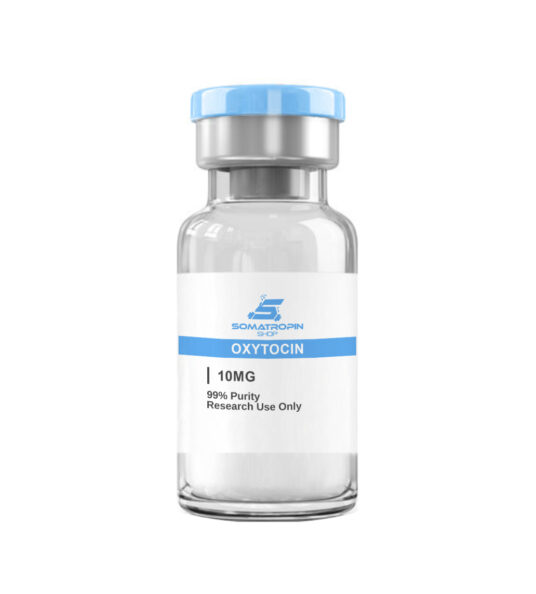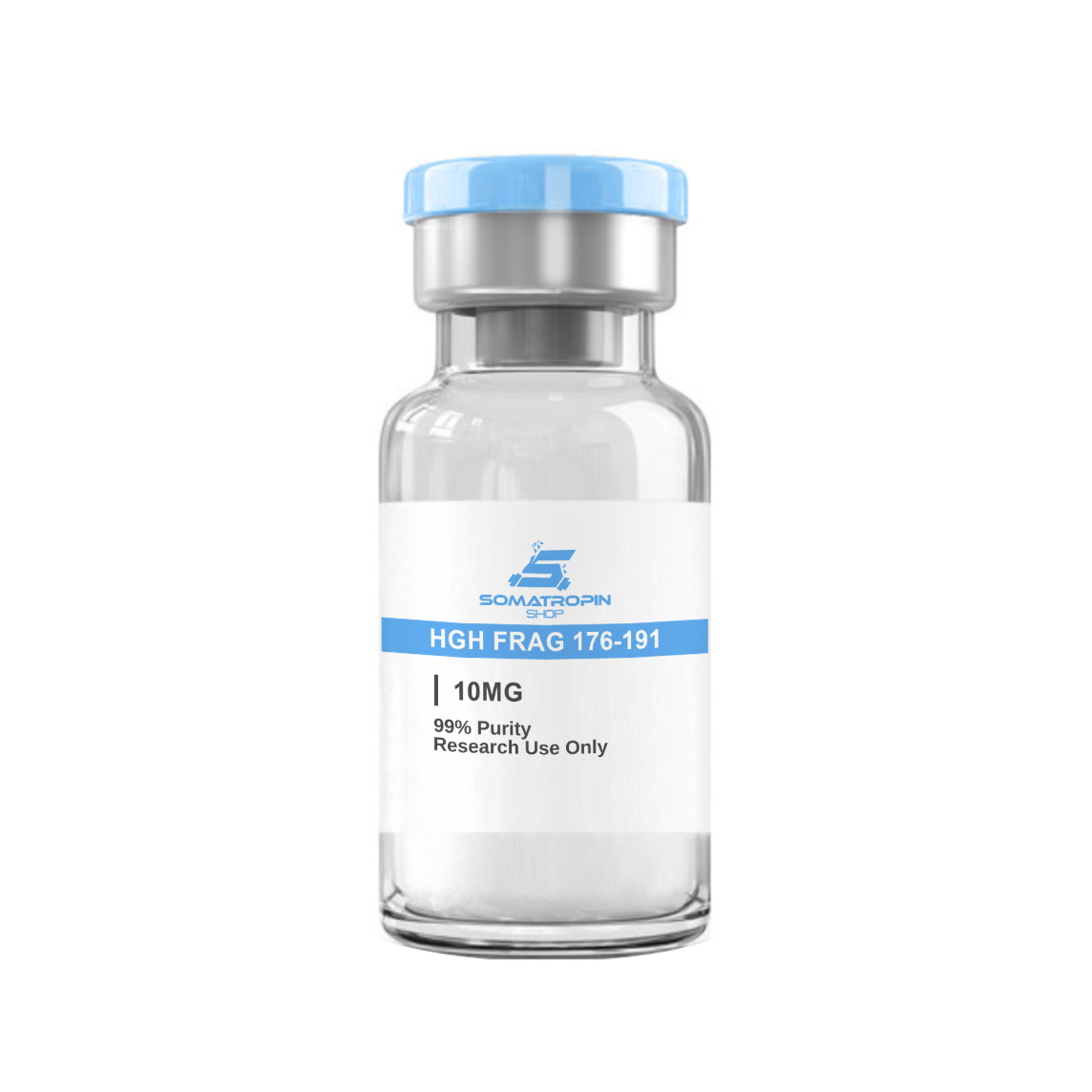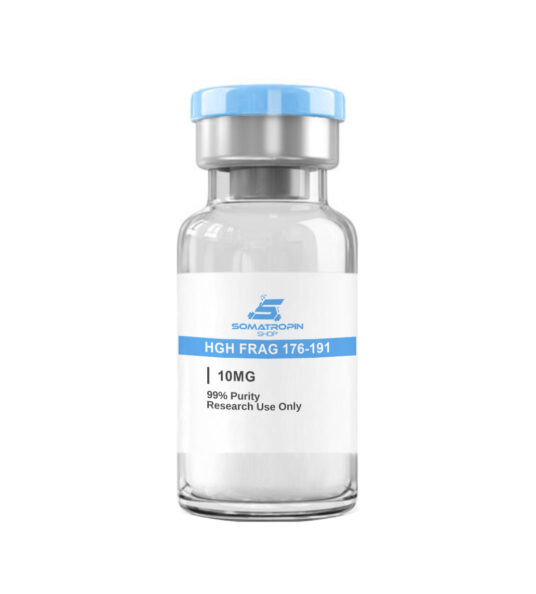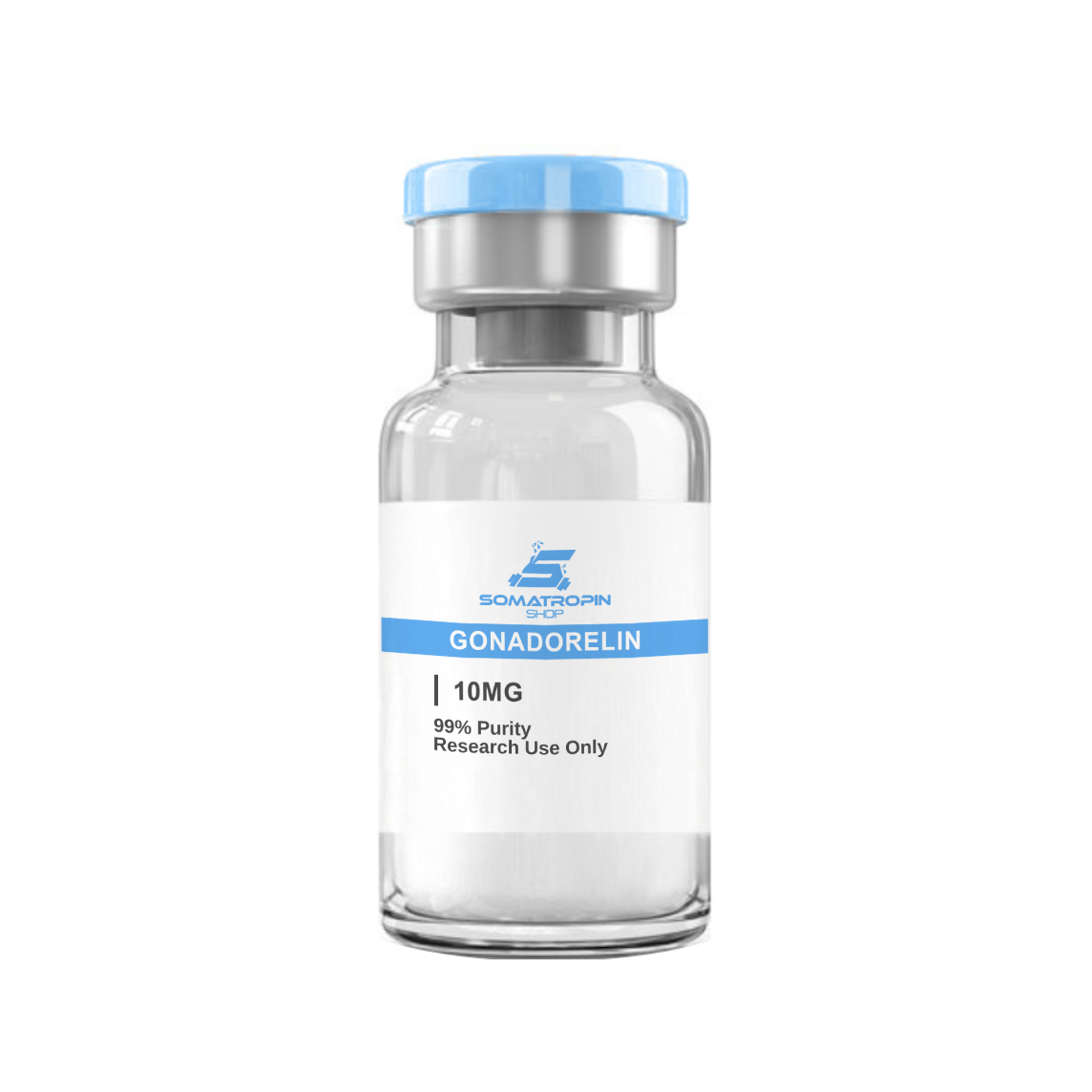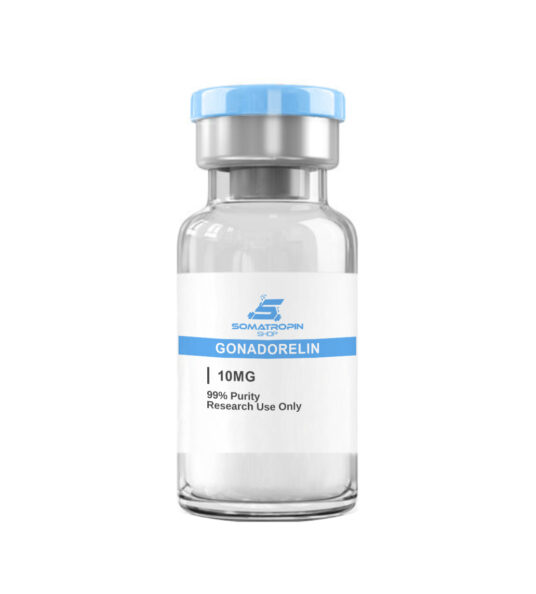Description
What is IGF-1 LR3?
IGF1-LR3 is a modified version of insulin-like growth factor-1. The full name of the peptide is insulin-like growth factor-1 long arginine 3. All IGF-1 derivatives play prominent roles in cell division, cell proliferation, and cell-to-cell communication. Though it has similar effects, IGF-1 LR3 does not adhere to IGF binding proteins as strongly as IGF-1. This results in IGF1-LR3 remaining in the bloodstream 120 times longer than IGF-1. IGF1-LR3 gains its prolonged half-life as a result of its structural changes.
IGF-1 LR3 Structure
Sequence: MFPAMPLSSL FVNGPRTLCG AELVDALQFV CGDRGFYFNK PTGYGSSSRR APQTGIVDEC CFRSCDLRRL EMYCAPLKPA KSA.
Molecular Formula: C400H625N111O115S9
Molecular Weight: 9117.5 g/mol
CAS Number: 946870-92-4
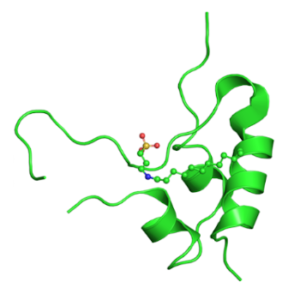
source: PubChem
IGF-1 LR3 Research
IGF-1 LR3 & Cell Division
Like IGF-1, IGF1-LR3 is a potent stimulus for cell division and proliferation.
Its primary effects are on connective tissues like muscle and bone, but it also promotes cell division in liver, kidney, nerve, skin, lung, and blood tissues.
IGF-1 causes cells to mature, in other words, so that they can carry out their specialized functions, Unlike IGF-1, IGF1-LR3 remains in the bloodstream for long periods of time, This property makes IGF1-LR3 a much more potent molecule. A dose of IGF1-LR3 provides approximately three times as much cell activation as a similar dose of IGF-1.
IGF-1 promote cell division and proliferation (hyperplasia). In the case of muscle, for instance, IGF1-LR3 does not cause muscle cells to get larger, but it does increase total numbers of muscle cells.
IGF-1 LR3 & Fat Metabolism & Diabetes
IGF1-LR3 boosts fat metabolism in an indirect manner by binding to both the IGF-1R receptor and the insulin receptor. These actions increase glucose uptake from the blood by muscle, nerve, and liver cells. This results in an overall decrease in blood sugar levels, which then triggers adipose tissue as well as the liver to begin breaking down glycogen and triglycerides. Overall, this produces a net decrease in adipose tissue and a net energy consumption (i.e. net catabolism).
Given its role in reducing blood sugar levels, it should come as no surprise that IGF1-LR3 reduces insulin levels as well as the need for exogenous insulin in diabetes. In most cases, this translates into a 10% decrease in insulin requirements to maintain the same blood sugar levels. This fact may help scientists understand how to decrease insulin doses in individuals who have decreased insulin sensitivity and may even offer insight into preventing type 2 diabetes in the first place.
IGF-1 LR3 Peptide & Impairs Myostatin
Myostatin (a.k.a. growth differentiation factor 8) is a muscle protein that primarily inhibits the growth and differentiation of muscle cells. While this function is important to prevent unregulated hypertrophy and ensure proper healing following injury, there are times when inhibiting myostatin could be of benefit. The ability to stop myostatin from functioning could be useful in conditions like Duchenne muscle dystrophy (DMD) or in people who suffer muscle loss during prolonged immobility. In these cases, inhibiting this natural enzyme could help to slow muscle breakdown, maintain strength, and stave off morbidity.
IGF1-LR3 Peptide Longevity Research
IGF1-LR3 promotes tissue repair and maintenance throughout the body, making it a protective molecule against cell damage and the effects of aging, indicating that IGF1-LR3 may be effective solution for reducing the effects of cellular aging. preventing progression of a wide range of conditions such as dementia, muscle atrophy, and kidney disease. This research reveals that IGF-1 administration can prolong life and reduce disability
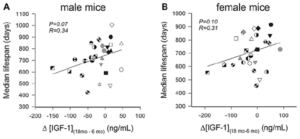
Glucocorticoid Signaling
Glucocorticoids, secreted primarily by the adrenal glands, are important clinical drugs used to control pain, reducing inflammation in autoimmune diseases, neurological injury, cancer, and more, Glucocorticoids have a number of undesirable side effects; muscle wasting, fat gain, and deterioration connected with bone density. There is some interest in implementing IGF1-LR3 to reduce the side effects ofGlucocorticoids,thus allow for more beneficial therapy
